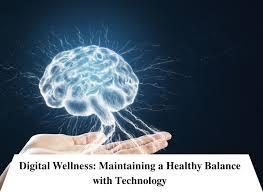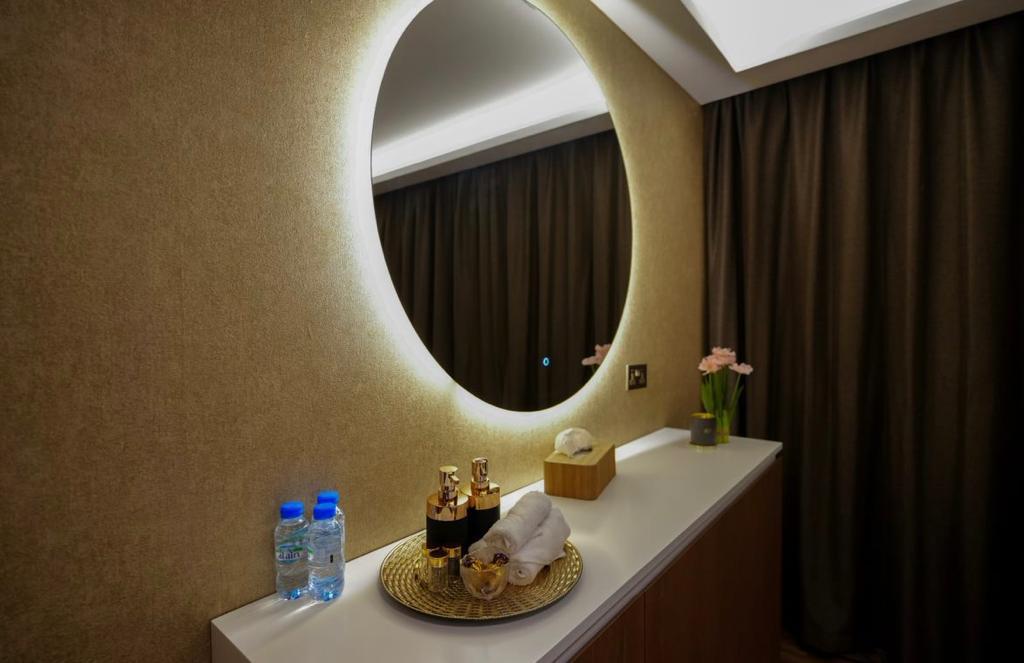Living Well in the Digital Age: How to Balance Mind, Body, and Tech

There’s a moment every morning, right after I open my eyes, when the world is quiet. No notifications, no emails, no endless scroll of news and feeds — just the hum of the ceiling fan and the faint light spilling through the curtains. That’s the moment I decide how my day will begin: in stillness, or in the digital current.
For most of us, the current wins. Phones buzz on the nightstand, pulling us into the online tide before our feet hit the floor. In the span of a few swipes, our minds are already racing — not with our own thoughts, but with everyone else’s. And that’s the challenge of living well in the digital age: learning how to use technology without letting it quietly take over our time, our bodies, and our peace.
The New Lifestyle Equation
Modern life has woven tech into nearly every hour. It’s our work, our entertainment, our communication, even our way of tracking health. But balance doesn’t happen by accident — it’s designed, guarded, and constantly re-evaluated.
Mind: Mental health is often the first to take the hit when our screens run the day. Constant notifications fracture our attention, while comparison culture on social media can seed subtle dissatisfaction.
Body: Our posture, sleep, and physical activity levels shift as devices take center stage. Sitting for hours or scrolling before bed can ripple into long-term effects.
Tech: The very tools that can harm our balance can also restore it — if used with intention. Mindfulness apps, fitness trackers, and digital well-being dashboards can make us more aware of how we spend our time.
Living well isn’t about rejecting technology; it’s about making it an ally rather than a silent driver.
Mind: Reclaiming Mental Space in a Connected World
I remember a trip to the mountains two years ago — no cell signal, just the sound of wind through pine branches. It wasn’t the absence of technology that felt freeing; it was the absence of input. My brain had room again.
That same mental breathing space is possible without disappearing into the wilderness. It begins with controlling the volume of your digital life:
-
Digital Minimalism: Delete unused apps, mute unnecessary notifications, and choose a single time block for news and social updates.
-
Single-Tasking: Resist the lure of multitasking, which often scatters focus and increases fatigue.
-
Offline Anchors: Keep non-digital hobbies — reading print books, gardening, sketching — as touchpoints for mental grounding.
When the noise fades, your inner voice becomes easier to hear. That’s where clarity — and real creativity — lives.
Body: Protecting Your Physical Health in a Screen-Centered Day
We rarely notice how our bodies adapt to our devices. Shoulders curve toward the screen. Eyes strain under blue light. Hands hover over keyboards for hours. Over time, this becomes more than a posture issue — it affects mood, energy, and long-term health.
A balanced approach includes:
-
Ergonomic Setups: Adjustable chairs, screens at eye level, and keyboards that keep wrists aligned.
-
Movement Windows: Short bursts of stretching or walking every hour. Even a trip to refill water can break the sedentary cycle.
-
Sleep Hygiene: No screens an hour before bed, or using blue-light filters in the evening.
Small adjustments become silent protectors — much like invisible scaffolding holding up the architecture of your health.
Tech: Turning the Problem into the Solution
Technology doesn’t have to be the villain in our balance story. When used consciously, it can enhance health and awareness. The key is using it as a tool rather than letting it lead.
Some examples:
-
Mindfulness Apps: Guided meditations, breathing timers, and gratitude journaling tools.
-
Fitness Trackers: Gentle nudges to stand, stretch, or walk.
-
Screen Time Monitors: Weekly reports that reveal hidden time drains.
If you’re curious about practical ways to make technology support your well-being instead of sabotaging it, the reflections at mistyinfo.blog offer thoughtful strategies that fit real, everyday lives.
Finding Your Personal Digital Balance
Balance isn’t a one-size-fits-all concept. It’s not about living the “perfect” day; it’s about noticing what feels off and making small, repeated adjustments until it feels right again.
For me, balance means phone-free mornings, handwritten notes during meetings, and a deliberate offline hour before bed. For you, it might mean scheduled “tech breaks,” or using your devices to deepen — not dilute — your relationships.
If there’s one truth about digital wellness, it’s that it’s an ongoing practice. There’s no final arrival, only a series of recalibrations.
A Quiet Reminder
You don’t need to unplug completely to reclaim control. You only need to pause long enough to decide: Is this serving me, or stealing from me? When you start making that choice — moment by moment — you begin to live in partnership with your technology, instead of in its shadow.
Quick Tips for Balancing Mind, Body, and Tech
| Area | Small Change | Why It Helps |
|---|---|---|
| Mind | Start mornings offline | Builds focus before outside input |
| Body | Stand & stretch hourly | Reduces fatigue & tension |
| Tech | Use “Do Not Disturb” mode | Protects deep work & rest |
| Sleep | No screens before bed | Improves sleep quality |
| Social | Plan device-free meals | Strengthens real-world connection |
FAQ: Living Well in the Digital Age
Q1: How much daily screen time is healthy?
A: It varies, but aiming for under 6–8 hours outside of work-related tasks is a strong starting point.
Q2: Can technology actually improve mental health?
A: Yes, when used intentionally for mindfulness, therapy access, and social connection.
Q3: What’s the best way to start reducing screen time?
A: Begin with “no phone” zones — like the dining table or bedroom — and expand from there.
Q4: How do I know if my tech use is harming me?
A: Watch for patterns of fatigue, reduced focus, or anxiety when away from your devices.
Q5: Are digital detoxes effective?
A: Short breaks can reset habits, but long-term change comes from daily boundaries.
Q6: What’s a good evening tech habit?
A: Switching to non-digital activities — like reading or stretching — an hour before bed.
Q7: How do I make my workspace healthier?
A: Adjust screen height, use supportive seating, and keep movement in your routine.







